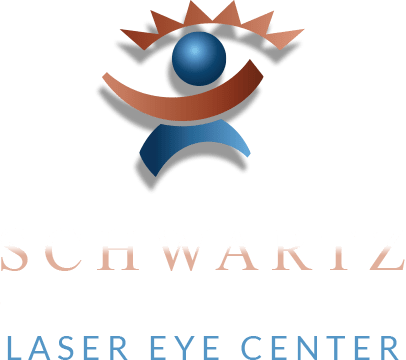Glaucoma: The Importance of Early Detection
Posted on February 24, 2020 by Schwartz Laser - Glaucoma

The best thing you can do to maintain the health of your eyes is to catch any developing problem in its earliest stages. A regular exam by experienced Phoenix-area ophthalmologist Dr. Jay Schwartz will always include a check of intraocular eye pressure.
Elevated eye pressure is a key warning sign for glaucoma and macular degeneration. For each of these serious conditions, there are no obvious symptoms until very late in the progression of the disease, when it is often too late to prevent partial or total loss of vision. Glaucoma and macular degeneration can affect patients of any age, but are more prevalent among older populations.
Dr. Schwartz and the trusted professionals at the Schwartz Laser Eye Center are skilled in discovering the warning signs of glaucoma early, before you notice symptoms and your field of vision begins to narrow.
Intraocular Eye Pressure
The term glaucoma encompasses several related conditions that damage the optic nerve, each announcing its presence only at a very late stage. The optic nerve is vital to your sense of sight, transmitting visual data from the eye to the brain. Without a properly functioning optic nerve, blindness results.
The buildup of pressure within the eyes is glaucoma’s first silent warning sign. During a comprehensive exam, Dr. Schwartz will check for ocular hypertension by measuring the pressure of the aqueous humor, the fluid within your eyes. Eye care professionals typically use non-contact tonometry (NCT) or applanation tonometry to do this.
NCT uses an instrument that emits a quick puff of air toward the surface of the eye. Only this gentle plume of air makes contact with the cornea. This test is most useful as a screening test. NCT results can provide your doctor with a clue that further investigation is needed by performing applanation tonometry or a visual test, or in some cases directly examining and photographing your optic nerve. Applanation tonometry measures intraocular pressure with a small sensor that gently touches the surface of your eye.
Risk Factors
Some individuals are at higher risk for developing glaucoma, including African Americans, patients over 60, diabetics or anyone with a family history of the disease. A correlation of risk with an unhealthy lifestyle is less clear, but it is a good idea nonetheless to eat healthfully, maintain recommended weight, exercise and avoid smoking and excessive amounts of alcohol.
The importance of identifying glaucoma early cannot be overstated. Although vision loss resulting from the disease will never be restored, glaucoma’s progression can be slowed by daily use of eye drops to reduce eye pressure, or with surgery.
If you’re overdue for an exam that will test for glaucoma, or if you would simply like to learn more about the disease, we invite you to schedule an appointment with skilled ophthalmologist Dr. Jay Schwartz at his Phoenix, Glendale or Scottsdale office by calling or emailing Schwartz Laser Eye Center today.


